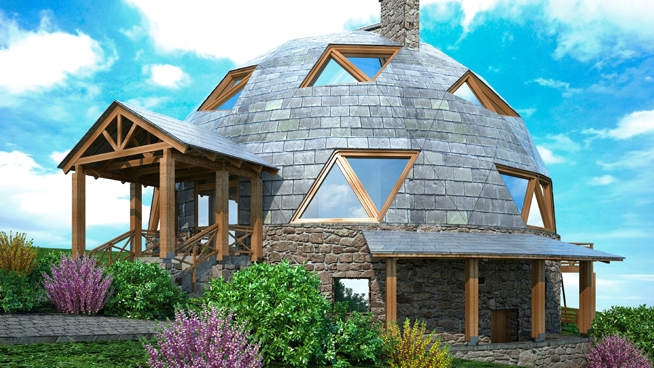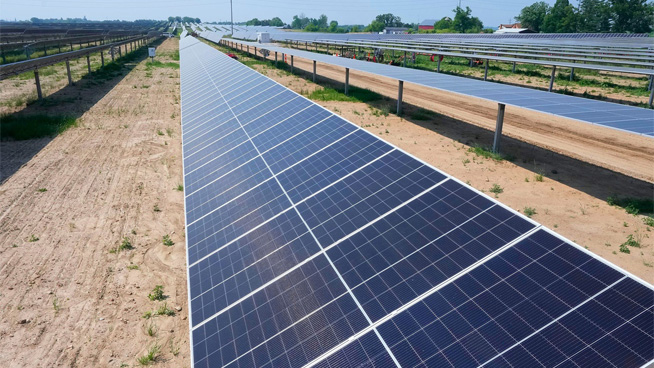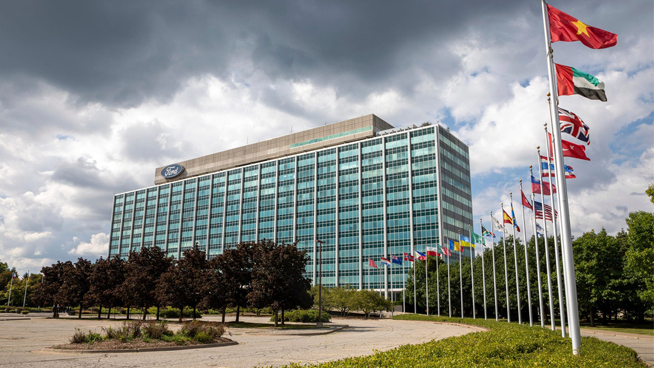
From The Detroit News | By Ken Calverley and Chuck Breidenstein
DETROIT, December 29, 2022 ~ You may not remember the 1980’s when the industry and governments were concerned about global cooling.
Look it up. We knew worldwide reserves of fossil fuels would be depleted by the end of the decade and we had very real concerns about how we were going to survive the impending cold.
Publications like the “Mother Earth News” dedicated a lot of print space to energy generation and conservation, but we all knew the way we were building houses would not survive global cooling.
The Canadian government sponsored a program called R-2000 which subsidized builders and scientists wishing to explore new ways to construct homes and protect inhabitants.
Scientists explained the futility of building cubes that are thermally inefficient and pushed concepts like the geodesic dome.
PODCASTS:
December 31, 2022 ~ Chuck “The Inside Guy” Breidenstein and Ken “The Outside Guy” Calverlyoffer the knowledge and resources you need to make the home of your dreams a reality. Catch them every Saturday and Sunday from 10 a.m. to noon on 760 WJR.
(CONTINUED) They talked about things like “surface-to-volume” ratios on buildings that compared the square footage of exterior surface to the cubic footage enclosed and, thus, the volume of air that had to be conditioned.
We learned that building spheres made great sense from a heating and cooling perspective.
Companies sprang up providing DIY kits for dome homes.
Building homes partially underground became an option as did a technique called “envelope” construction where we would literally build a second house frame within the structural frame.
The second frame was spaced a few inches away from the primary frame such that heat would not be conducted directly through the wall studs to the outside.
This produced walls up to 12 inches thick and a safety concern no one had considered. What if a fire started between the two walls? Inhabitants could be enveloped in flame before they were even aware of the issue.
The Canadian program proved to us we could build homes that were so well insulated and sealed that we could maintain warmth simply through body heat and the incandescent light bulbs we were using.
The authors of national energy codes embraced the new data without considering cultural consequences.
Did people really want to live in spherical homes with almost no windows? We discovered those that built a dome home were incorporating vertical walls throughout to accommodate windows and sliding glass doors.
Codes were modified to limit the percentage of the exterior envelope that could be glass. But there was a lot of pushback in the marketplace as owners claimed the right to have as many windows as they wanted.
States such as Michigan, primarily through the efforts of builder organizations, adopted energy codes that gave owners flexibility in achieving energy efficiency. We could build that glass house provided it did not require more energy to operate than the code threshold allowed.
In the wake of this aftermath in the early 1980’s, energy-efficient equipment became a very real option for conditioning air economically.
We still had a long way to go as states adopted energy codes that forced the construction of very tight and well insulated buildings without considering the negative effects of stale air laden with moisture.
New homes experienced mold issues and related maladies that led to allergic reactions in inhabitants.
We were forced to acknowledge that tight homes were relatively easy to achieve, but we needed to introduce fresh air and remove contaminated air without losing economy.
We also learned the marketplace wanted homes that fit their concept of tradition, and we still build cubes for that customer base.
We build homes that are very well insulated and air sealed while maintaining the look of our grandparents’ homes from 60 years ago. We install windows that minimize heat loss and heat gain while still providing the healthful benefit of great views and natural light.
We install mechanical equipment that achieves high 90% efficiency in the use of fossil fuels.
We provide insulation throughout the thermal envelope to eliminate thermal weak spots that steal conditioned air.
The professionals in the industry took the challenge of a global climate change that never occurred and today builds an energy efficient product that also meets life-cycle efficiency standards with materials and product innovations that endure despite the effects of a rugged climate.
***
For housing advice and more, listen to “The Inside Outside Guys” every Saturday and Sunday on 760 WJR from 10 a.m. to noon, or contact them at InsideOutsideguys.com.
WJR TOP STORIES:




